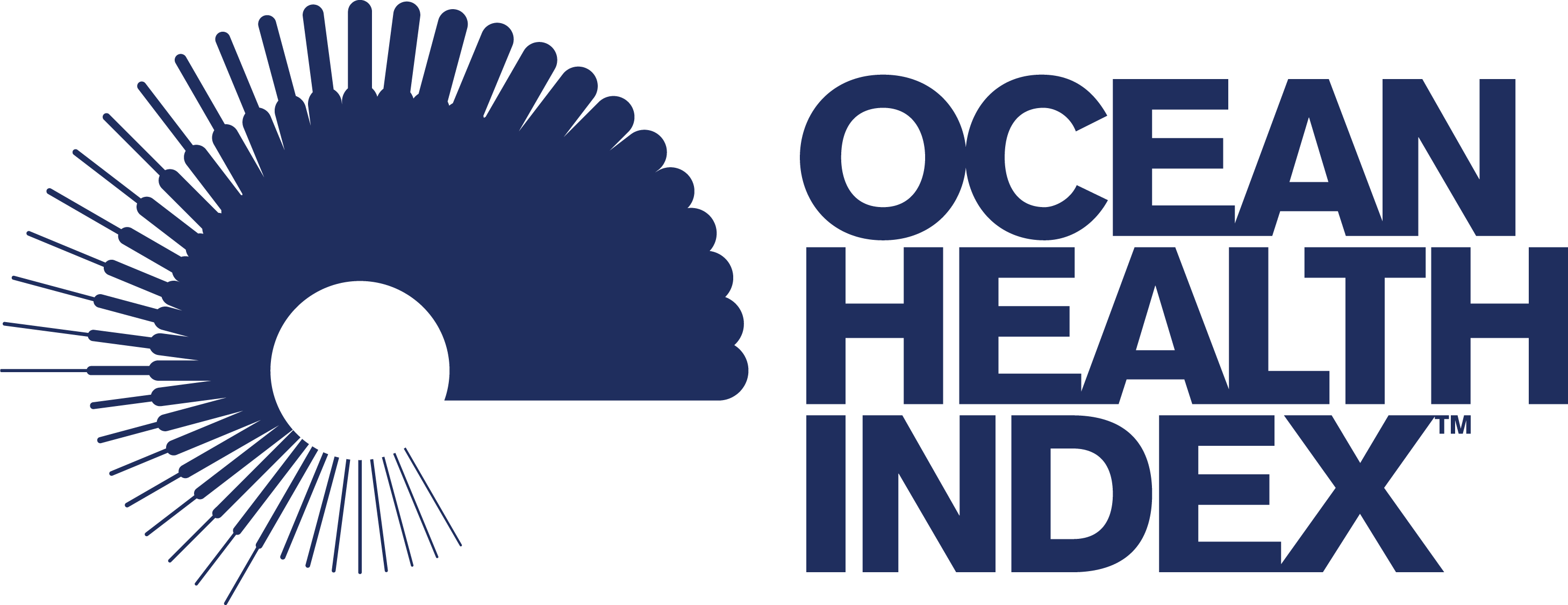Data Inclusion & Gaps
Ideally, regional and local assessments should use the best available data, but this decision limits the ability to compare across scales. For direct comparisons among locations to be valid, they must use consistent data. For this reason, we focused on using global datasets so differences in Index scores across regions are driven by differences in ocean health rather than variation in the data. Although, in reality, many global datasets are compilations of local or regional datasets and their quality varies spatially. In some cases, data for a particular component or dimension of a goal were available for most, but not all, countries. Gaps in these data were known to not be true zero values. Rather than exclude these data layers, we employed several different methods to fill these data gaps (Frazier, Longo, and Halpern 2016).
These guidelines both motivated and constrained our methods. The development of the model frameworks for each goal (including reference points) was heavily dictated by the availability of global datasets. And, ultimately, several key elements related to ocean health could not be included due to lack of existing or appropriate global datasets. As new and better data become available in the future, details of how goals or dimensions are modeled will likely change, although the framework we have developed can accommodate these changes.
For Index scores to be comparable, every region must have a value for each data layer included in the analysis, unless it is known to not be relevant to a region. In other words, missing data are not acceptable (Burgass et al. 2017). Adhering to this criterion is critical to avoid influencing the Index score simply because of inclusion (or absence) of a particular data layer for any reporting region.
Gaps in data are common; many developing countries lack the resources to gather detailed datasets, and even developed, data-rich countries have inevitable data gaps. We use a variety of methods to estimate missing data, including: averages of closely related groups (e.g., regions sharing ecological, spatial, political attributes; taxonomic groups; etc.), spatial or temporal interpolation (e.g., raster or time-series data), and predictive models (e.g., regression analysis, machine learning, etc.). Gapfilling is a major source of uncertainty, especially for certain goals and regions. Given how common gaps in data are, clear documentation of gapfilling is a critical step of index development because it provides a measure of the reliability of index scores.
One of the ongoing goals of the Ocean Health Index (OHI) has been to improve our approach to dealing with missing data, by quantifying the potential influence of gapfilled data on index scores, and developing effective methods of tracking, quantifying, and communicating this information (Frazier, Longo, and Halpern 2016).
